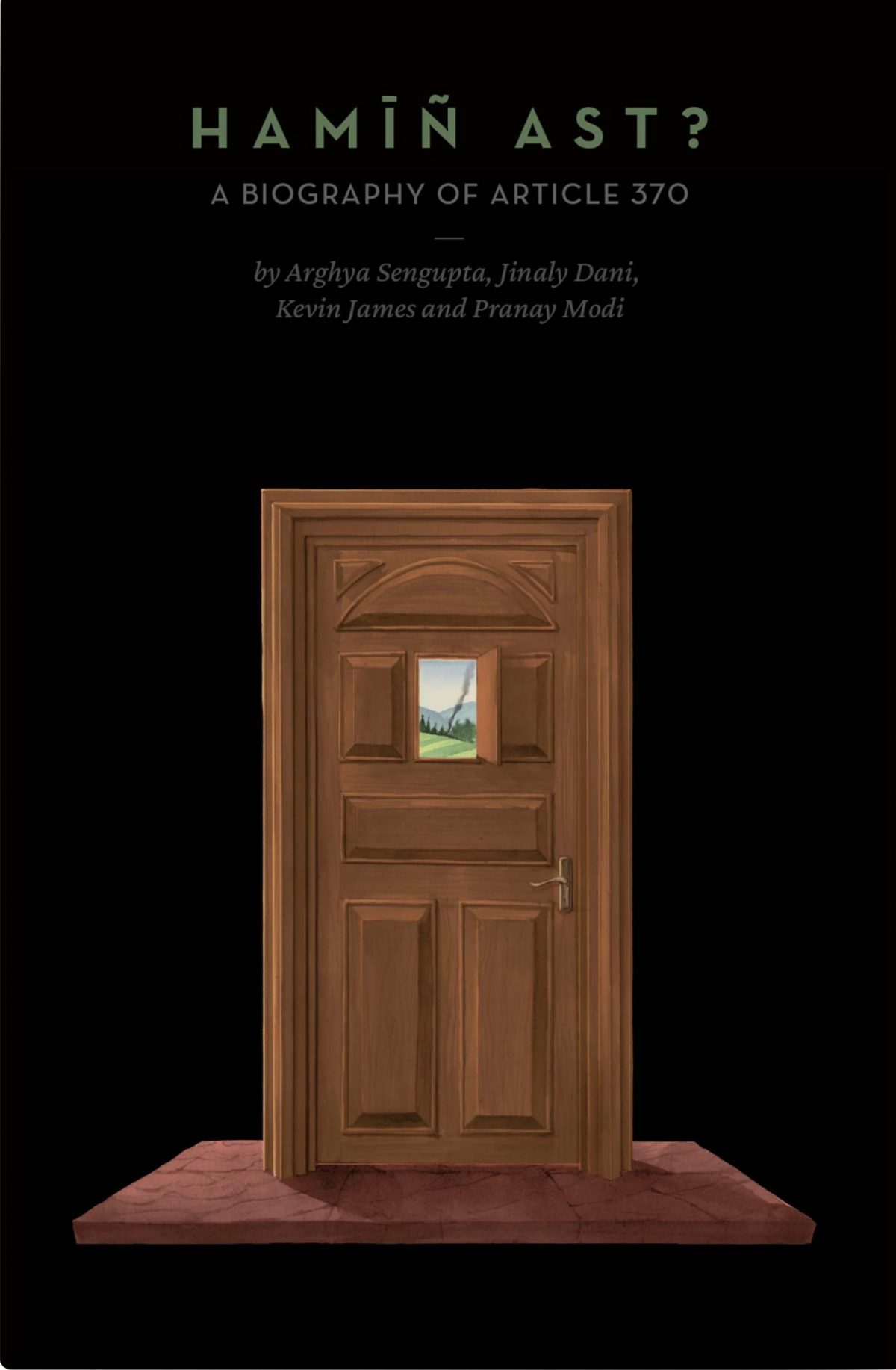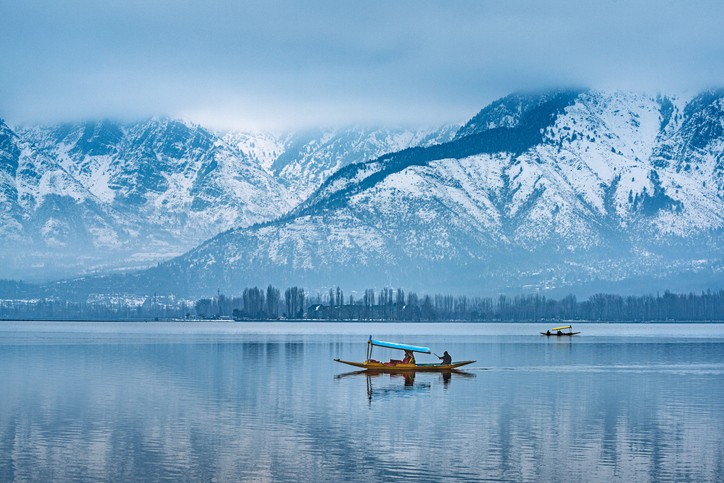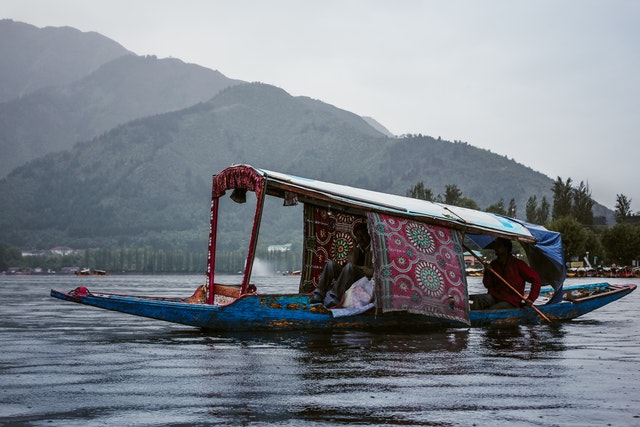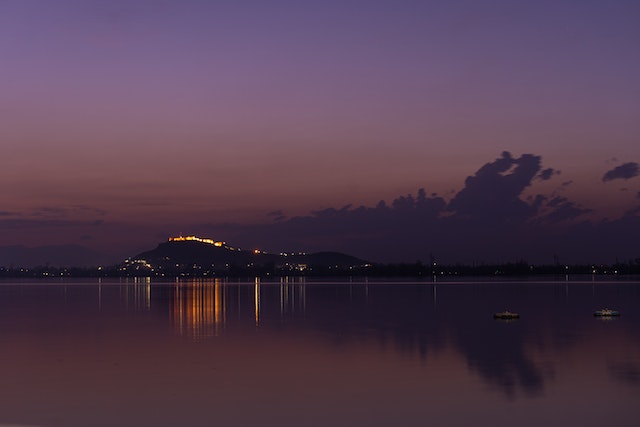
MORE ABOUT THE BOOK
The nullification of Article 370 of the Constitution of India on 5th and 6th August, 2019 ended the ‘special status’ of Jammu and Kashmir. Article 370 was the constitutional basis for this special status, keeping the state distinct from the rest of India.
In 1950, when the Republic of India formally took shape, Jammu and Kashmir was certainly a special state. It was the only princely state that had been integrated into India on the condition that its future would be determined by the will of its own people. That will, would be ascertained by Jammu and Kashmir’s own Constituent Assembly which would deliberate on the exact contours of their future relationship with India. Till such time, Article 370 would hold the field—a stop-gap signifying a precarious and hard-won compromise.
Like with many stop-gaps, Article 370 contained within it the seeds of its own nullification. A procedure was outlined by which the President of India on the recommendation of the Jammu and Kashmir Constituent Assembly could abrogate the provision in its entirety or nullify its effect. Those seeds were unexpectedly germinated in Parliament in August 2019 to complete the full integration of Jammu and Kashmir with India.
Much has been said and written on the political and constitutional history of Jammu and Kashmir. The existing literature and scholarship on the state covers aspects of its ethnography, history, politics, the dispute at the United Nations, militancy and its consequent militarisation leading to a near-permanent state of internal turmoil. When it comes to work specifically on Article 370- the constitutional link that bound the state to India- the literature is comparatively sparse. Some academic documentation exists, but very little that can be read by an interested non-academic audience.
This book fills that void with a detailed biography of Article 370, one of the most complex provisions in the Constitution of India. It is the journey of a provision of law from its cradle to its grave through a contested birth, lawyerly machinations in its early years, endemic political skulduggery, episodic displays of judicial statesmanship and a sudden and swift demise. It is a book that can be read by anyone interested in Jammu and Kashmir, Indian federalism, the Indian Constitution or the Supreme Court where the fate of the article currently hangs in the balance.
In 1950, when the Republic of India formally took shape, Jammu and Kashmir was certainly a special state. It was the only princely state that had been integrated into India on the condition that its future would be determined by the will of its own people. That will, would be ascertained by Jammu and Kashmir’s own Constituent Assembly which would deliberate on the exact contours of their future relationship with India. Till such time, Article 370 would hold the field—a stop-gap signifying a precarious and hard-won compromise.
Like with many stop-gaps, Article 370 contained within it the seeds of its own nullification. A procedure was outlined by which the President of India on the recommendation of the Jammu and Kashmir Constituent Assembly could abrogate the provision in its entirety or nullify its effect. Those seeds were unexpectedly germinated in Parliament in August 2019 to complete the full integration of Jammu and Kashmir with India.
Much has been said and written on the political and constitutional history of Jammu and Kashmir. The existing literature and scholarship on the state covers aspects of its ethnography, history, politics, the dispute at the United Nations, militancy and its consequent militarisation leading to a near-permanent state of internal turmoil. When it comes to work specifically on Article 370- the constitutional link that bound the state to India- the literature is comparatively sparse. Some academic documentation exists, but very little that can be read by an interested non-academic audience.
This book fills that void with a detailed biography of Article 370, one of the most complex provisions in the Constitution of India. It is the journey of a provision of law from its cradle to its grave through a contested birth, lawyerly machinations in its early years, endemic political skulduggery, episodic displays of judicial statesmanship and a sudden and swift demise. It is a book that can be read by anyone interested in Jammu and Kashmir, Indian federalism, the Indian Constitution or the Supreme Court where the fate of the article currently hangs in the balance.











